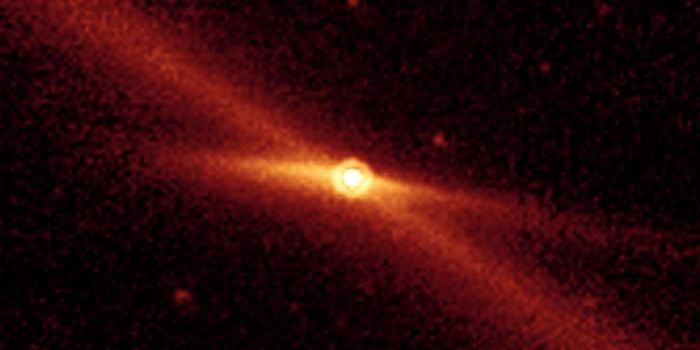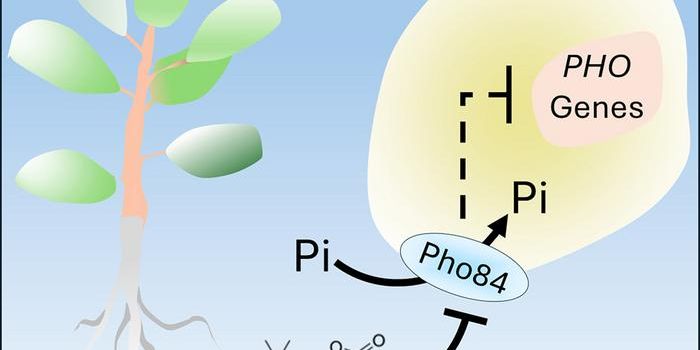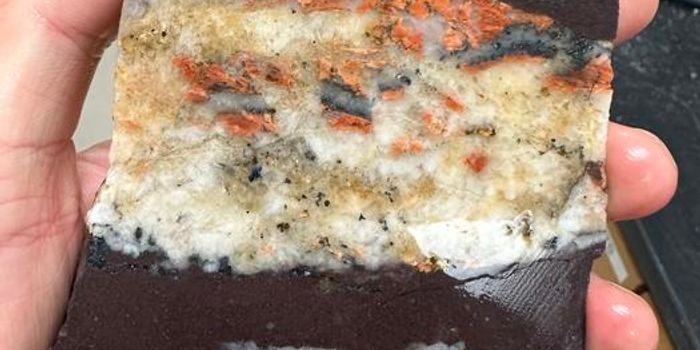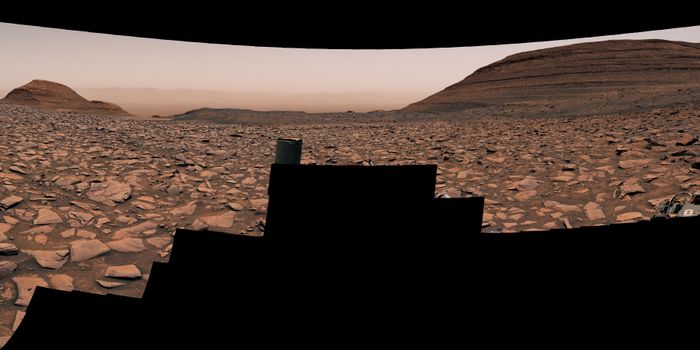Drought Monitor Maps Capture Climate Change Impact Over 25 Years
How has drought in the United States worsened over the last 25 years? This is what a recent study published in AGU Advances hopes to address as a team of researchers used data from the U.S. Drought Monitor (USDM) to investigate how climate change has impacted dry conditions across the country, and specifically if the USDM has maintained its accuracy in monitoring dry conditions compared to real-world conditions. This study holds the potential to help scientists and the federal government better understand the impacts of climate change, specifically since the USDM has been instrumental in steering appropriate federal funds to areas most affected by drier conditions.
Created in 1999, the U.S. Drought Monitor (USDM) has successfully produced weekly maps of drought conditions across the country, noting the drought severity for regions across the United States. The data it produces has helped inform federal agencies of proper responses to drought conditions, ranging from water restrictions to federal funding. However, the goal of the study was to ascertain whether the USDM criteria, which the team refers to as threshold percentiles (i.e., near-surface temperature, soil moisture, terrestrial water storage, just to name a few), has kept pace with real-world drought conditions across the country.
After comparing USDM data with real-world drought conditions between 2000 and 2022, the researchers concluded that climate change has outpaced the USDM threshold percentiles throughout several regions across the United States, specifically in the western United States. The team emphasized that while the USDM maintains its accuracy for the static climate, there is concern for the long-term ability of the USDM to accurately forecast and classify dry conditions, specifically as climate change continues to worsen.
"While these percentile thresholds are static, the climate is not," said Dr. Zhiying Li, who is an assistant professor at Indiana University but started the research as a postdoctoral research fellow at Dartmouth and is lead author of the study. "The ongoing aridification and worsening droughts in certain regions may change what was once perceived as an anomaly, making it less of an emergency anymore."
Going forward, the team hopes this study can lay the groundwork for establishing a dialogue between climate experts and policymakers on future steps towards how the USDM can be better suited for monitoring long-term drought trends across the United States.
How will the USDM contribute to monitoring drought conditions throughout the United States in the coming years and decades? Only time will tell, and this is why we science!
As always, keep doing science & keep looking up!
Sources: AGU Advances, National Drought Mitigation Center, EurekAlert!








